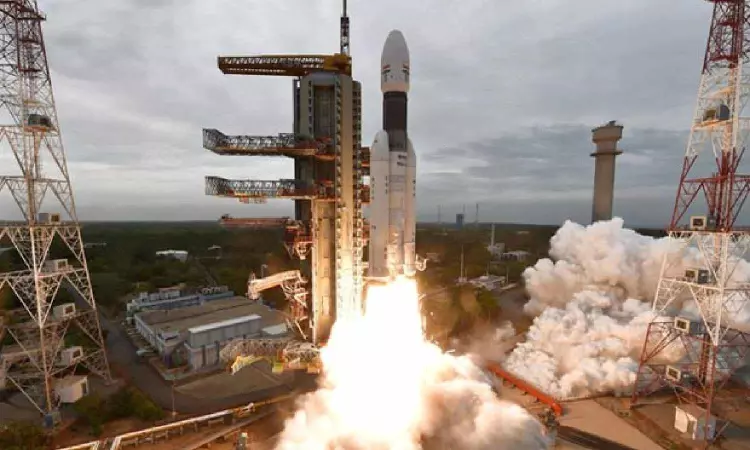India’s space agency, the Indian Space Research Organisation (ISRO), is all set to embark on its ambitious Chandrayaan-3 mission. Following the success of Chandrayaan-2, this mission aims to demonstrate India’s prowess in safe lunar landing and roving on the lunar surface. Recently, ISRO announced that the Chandrayaan-3 spacecraft has been mated with its heavy lift launch vehicle, LVM3, at the Satish Dhawan Space Centre in Sriharikota, marking a significant milestone in the mission’s preparation.

Mission Objectives
The primary objective of Chandrayaan-3 is to further our understanding of the lunar surface and its composition. The mission will carry a suite of scientific instruments designed to study various aspects of the Moon, including its thermophysical properties, seismic activity, surface plasma environment, and elemental composition near the landing site. Additionally, an experimental instrument aboard the spacecraft will analyze the spectro-polarimetric signatures of Earth from the lunar orbit.
Technical Challenges and Testing
The development of Chandrayaan-3 has presented numerous technical challenges. The spacecraft, comprised of three modules (propulsion, lander, and rover), had to undergo rigorous tests to validate its capability to withstand the extreme vibration and acoustic environment experienced during launch. These tests were successfully completed in March, providing confidence in the spacecraft’s ability to endure the demanding conditions.
Payloads and Scientific Instruments
The lander module of Chandrayaan-3 carries several scientific payloads, each dedicated to specific scientific investigations. The “Chandra’s Surface Thermophysical Experiment” will measure thermal conductivity and temperature on the lunar surface. The “Instrument for Lunar Seismic Activity” will study lunar seismicity in the vicinity of the landing site. Additionally, the “Langmuir Probe” will estimate plasma density and its variations.
The rover module, on the other hand, houses the “Alpha Particle X-ray Spectrometer” and the “Laser Induced Breakdown Spectroscopy” instruments. These instruments will facilitate in-situ chemical analysis of the lunar surface, providing valuable insights into its elemental composition.
International Collaborations
Collaboration with international partners plays a vital role in the Chandrayaan-3 mission. The spacecraft will carry a passive Laser Retroreflector Array provided by NASA, which will enable lunar laser ranging studies. This collaboration showcases the spirit of international cooperation and fosters the exchange of scientific knowledge.
Future Prospects and Conclusion
With the successful mating of the Chandrayaan-3 spacecraft with the LVM3 launch vehicle, ISRO is now preparing for the launch window between July 13 and July 19. If all goes according to plan, India will once again demonstrate its commitment to lunar exploration and scientific discovery.
Chandrayaan-3’s mission objectives encompass a wide range of scientific investigations, shedding light on various aspects of the Moon. By expanding our understanding of the lunar surface and its properties, we take significant strides towards further exploration and potential future human missions to our celestial neighbor.
The Chandrayaan-3 mission symbolizes India’s technological advancements and ambitions in space exploration. It strengthens India’s position as a formidable player in the global space arena while contributing to the collective knowledge of humanity about our universe. As the mission progresses, the world eagerly awaits the remarkable discoveries that Chandrayaan-3 will uncover on the lunar surface.











